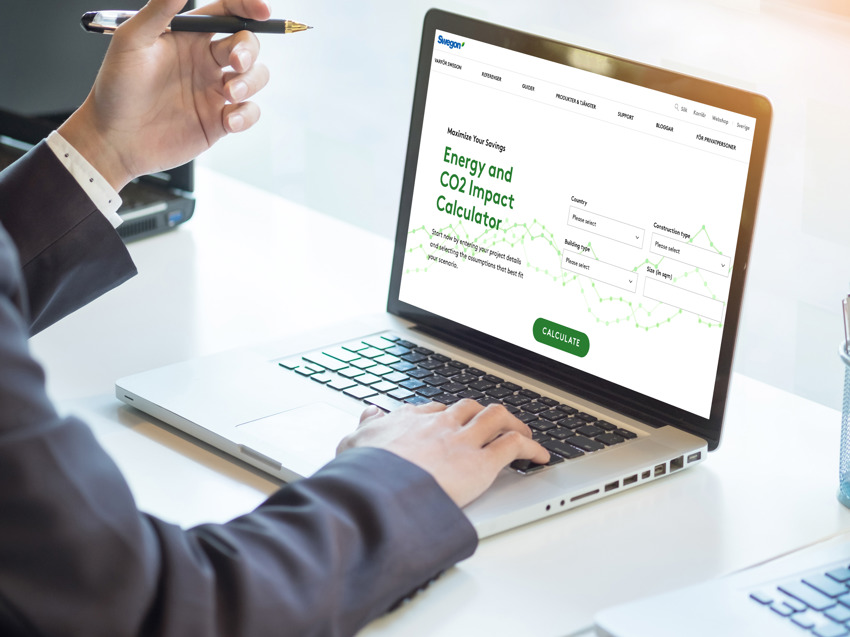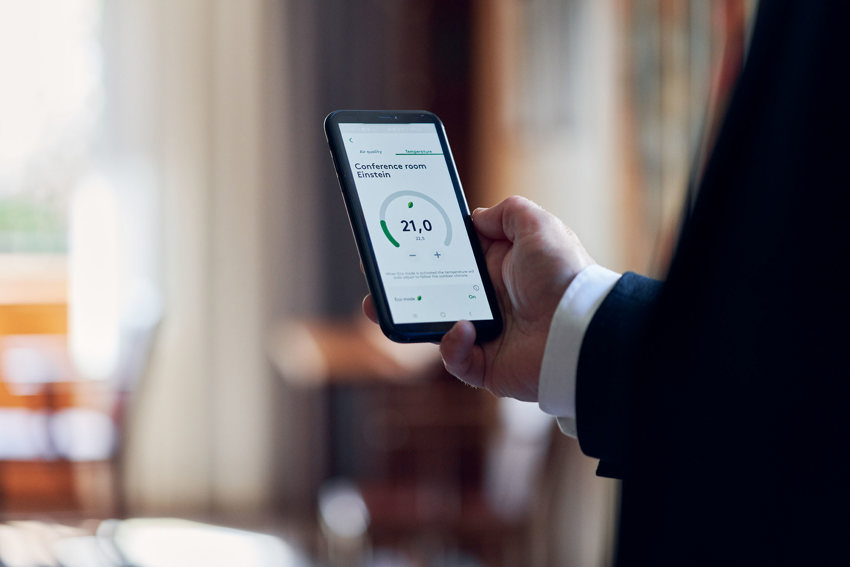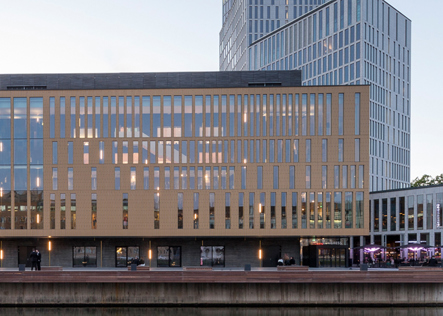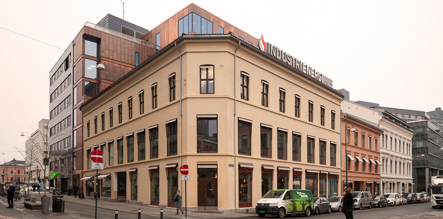Optimise your building's energy efficiency
Did you know that there is a great savings potential through integrated control systems that optimize operations? We're happy to introduce our Footprint calculator: an energy and CO2 savings indicator, which uses a standardized calculation model to estimate potential energy and CO2 savings that can be created using our control systems, products and services.
Link to onecolumnblock legislations
Link to 50/50block digitalisation
Link to mulitcolumnblock references
Try our Footprint calculator

Integrated solution packages
Our comprehensive packages encompass a range of products that are seamlessly integrated and optimized to work together. This ensures that each system operates with maximum efficiency and sustainability.
Learn more about our solution packagesThe power of legislations
It can be a challenge to understand where we’re going with legislation, so let us explain! In May 28th 2024 the Energy Performance of Buildings Directive, or EPBD recast was entered into force with the aim to decarbonize the EU building stock by 2050. Now each member state have 2 years to implement the directive into national legislations with respect to energy efficiency, energy performance of buildings and renewable energy sources. It also supports better air quality and the digitalisation of energy systems for buildings.
To support the transition to net zero and environmental sustainability, the European commission have initiated the EU taxonomy standard that incentivizes environmentally and sustainable economic activities.
Read more:
Key Targets
for Energy Efficiency
The target is a 55% reduction of greenhouse gas (GHG) by 2030 compared to 1990 levels, and to be climate neutral by 2050. Examples of targets included is listed below:
- Non-residential buildings should include Building Automation and Controls System (BACS) by 2025
- 16% of the worst performing non-residential buildings needs to be energy-renovated by 2030
- All new buildings should be zero emission buildings (ZEB) from 2030 (public sector 2028)
- EU´s complete building stock should be zero emission buildings by 2050


Digitalisation
When it comes to digitalisation, the HVAC industry has been behind compared to other industries, but now things are changing. In the strive to develop more energy efficient buildings, we install more advanced and demand controlled systems including controls equipment and sensors to optimise the energy use.
It is possible to control the HVAC system based on predicted weather conditions, and adapt it to support electricity grid services. To be able to do this, the systems need to be connected to some sort of cloud service, with the possibility to monitor, analyse and adapt settings, either to trouble shoot, or to optimise the energy performance of the building.
Want to know more?
At Swegon, we are fully committed to taking responsibility in reducing greenhouse gas emissions. With our energy-efficient products and system solutions for heating, cooling and ventilation, we contribute to reduce the operational carbon emissions.




